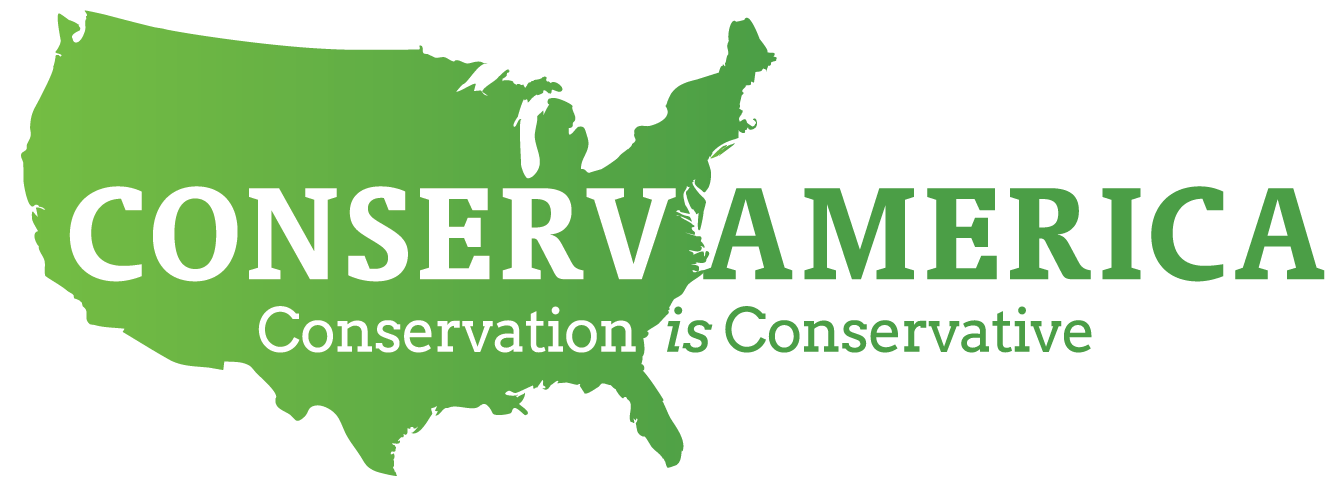The Hill: How US policies contribute to high energy prices
ConservAmerica President Jeff Kupfer published the following opinion piece in The Hill newspaper on Feb. 15, 2022. Read it at TheHill.com.
Fourteen years ago, as the head of a U.S. delegation at a time of sky-high energy prices, I met with a Middle Eastern oil minister in an effort to convince his nation to increase production. I have a distinct memory of him listening to my pitch, pausing for a few seconds and then looking me straight in the eye and saying, “I hear you, but what is your country doing to help the situation?” With U.S. energy prices on the rise, and with U.S. officials scrambling to cobble together gas supplies for Europe in case of a Russian attack on Ukraine, that question is just as relevant today.
Unfortunately, the answer is, not much. However you feel about natural gas (and oil), the reality is that it is a critical component of our energy system, and that it is here to stay for many years. The Energy Information Administration (EIA) projects that U.S. consumption of natural gas will remain roughly unchanged in 2022 and 2023. Over the longer term, analysts expect demand to remain strong. One industry executive recently commented that he expects North American natural gas demand to increase 25 percent by 2030.
Around the world, the story is the same. In a 2021 report, McKinsey & Company predicted that gas demand will grow almost 1 percent per year through 2035. EIA estimates that global natural gas consumption will increase by more than 40 percent by 2050.
The basic rules of economics apply. With demand continuing to grow, policies that constrain supply will just lead to higher prices — something that harms consumers and businesses. The numbers make this clear. The consumer price index rose an eye-popping 7.5 percent in the last year – the highest 12-month increase in 40 years – and a huge component of it was energy prices, which went up 27 percent. The EIA just reported that the spot natural gas price in New England during January 2022 was the highest monthly average since February 2014, and that electricity prices will continue to spike this winter.
Crude oil prices recently rose over $90 per barrel, and nationwide prices at the pump now average $3.44, an increase of almost $1 over this time last year. And in Europe, even without any Russian invasion and resulting sanctions, gas prices increased 30 percent at the beginning of 2022.
With all these predictable outcomes, you would think that that the Biden administration would be pursuing policies that would help address the situation. You would think that they would be encouraging development of necessary infrastructure, expediting permitting, trying to ease bottlenecks.
But that’s not what we’ve seen. The cancellation of the Keystone Pipeline on Inauguration Day merely set the tone; other projects have run into similar problems. The Constitution Pipeline, for instance, was cancelled in 2020 after eight years of legal wrangling. The American Midstream (Magnolia Extension) project, one that would have brought Marcellus and Utica shale gas to growing Southeast markets, has been on hold since 2016. The Atlantic Coast Pipeline was abandoned after six years because of excessive red tape. The Mountain Valley Pipeline, which would provide essential energy to the East Coast, has faced an avalanche of setback, including legal challenges filed as recently as last month. And the list goes on.
Besides pipelines, we need to continue to support the export of liquified natural gas (LNG). Last year, U.S. LNG exports hit record highs, and they are expected to grow even more. That’s why projects such as Train 6 at Cheniere Energy Inc.’s Sabine Pass LNG export terminal, Next Decade’s Rio Grande terminal, and Venture Global’s Calcasieu Pass are so critical. They support jobs and economic growth here at home – and they provide increased energy security and climate benefits around the world.
Even the European Commission just recognized that fact – declaring that natural gas can be counted as “green energy” and classified as “sustainable investment.” This is consistent with an industry study finding that for nations such as Germany, China and India, LNG helps lower greenhouse gas emissions by as much as 50 percent.
Even as we implement policies that pave the way for a lower carbon energy future, we need to recognize reality and the inevitable outcomes of our actions. We can’t dismiss the essential role of natural gas and oil in our economy. We can’t ignore the laws of supply and demand. We can’t shrug off the dramatic impact that these policies have on households and businesses.
And so the answer to the very legitimate question that I got 14 years ago – about what the U.S. was doing to help the situation – is straightforward: create lower energy prices at home by promoting – not blocking – U.S. infrastructure and production; meet growing global demand for LNG and loosen Russian President Vladimir Putin’s grip on Europe by permitting and building terminals to move robust American supplies to market; and finally, stand behind natural gas as a fuel to help the world win on climate. Those steps are a winning formula for America and the rest of the world.
Jeffrey Kupfer, a former acting deputy secretary of energy in the George W. Bush administration, is the president of ConservAmerica and an adjunct professor of policy at Carnegie Mellon University’s Heinz College.


